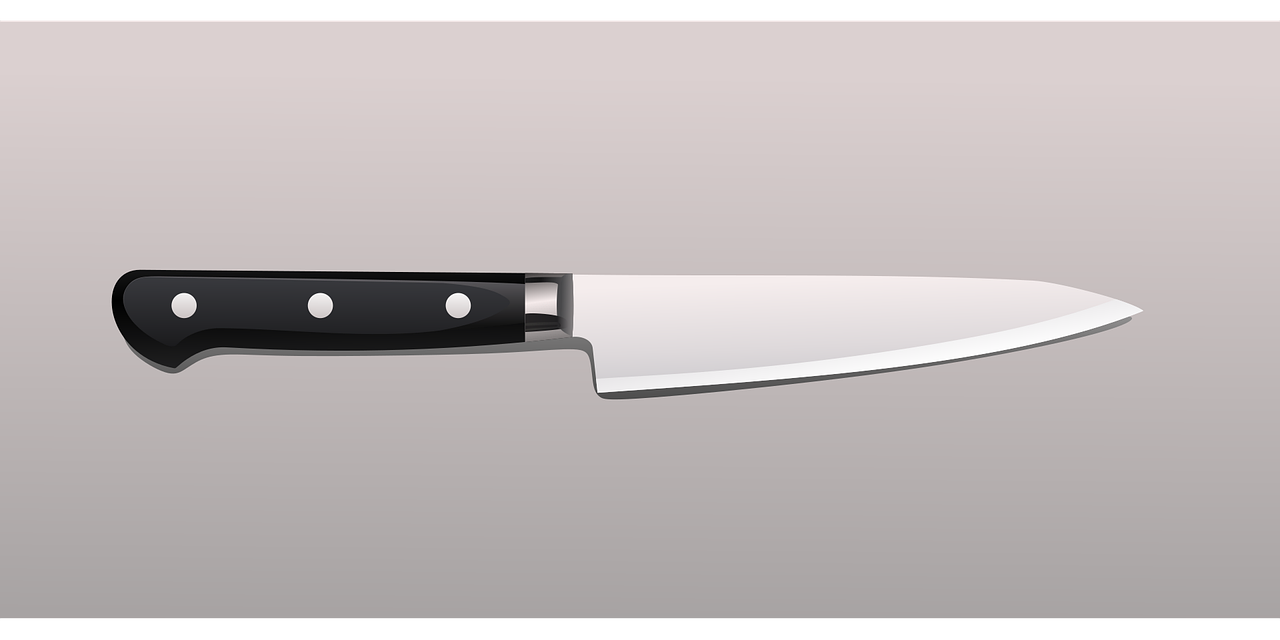Craft knives are essential tools for artists, hobbyists, and professionals who work with paper, fabric, leather, or other materials that require precision cutting. However, as useful as they are, craft knives can also be quite dangerous if not handled properly. The blades are extremely sharp, and even a small mistake can lead to serious cuts or injuries. Whether you’re an experienced crafter or just starting out, it’s crucial to follow safe practices when handling and replacing blades. Here are some essential safety tips to keep in mind.
- Work in a Clean and Well-Lit Area
Before you even pick up your craft knife, make sure your workspace is tidy and well illuminated. A cluttered table increases the risk of accidental slips or contact with the blade. Good lighting ensures you can clearly see what you’re cutting and where your hands are positioned. Always keep your cutting mat or surface stable and flat so the knife doesn’t snag or veer off course.
- Use the Right Blade for the Job
Different materials require different types of blades. For instance, a fine-point blade works best for detailed paper cutting, while a heavier blade is better for cardboard or foam board. Using the wrong blade not only makes the task harder but also increases the risk of the knife slipping. Always check that the blade you’re using is appropriate for the material you’re cutting.
- Keep Blades Sharp
It might sound counterintuitive, but dull blades are actually more dangerous than sharp ones. A dull blade requires more pressure to cut, which increases the chance of the knife slipping and causing injury. Replace blades as soon as you notice them tearing or dragging through the material instead of slicing smoothly. Regularly maintaining sharp blades ensures both safety and precision in your work.
- Always Cut Away from Your Body
This is one of the golden rules of knife safety. Always position your hands, fingers, and body so that if the blade slips, it moves away from you—not toward you. It’s also helpful to stabilize your material with your non-dominant hand but keep that hand at a safe distance from the cutting line. Even seasoned crafters occasionally forget this step, so it’s worth being consciously careful every time.
- Use a Cutting Mat
A self-healing cutting mat not only protects your work surface but also provides a stable and slip-resistant base for cutting. It helps prevent the knife from skidding unexpectedly. Using hard surfaces like glass, metal, or plastic increases the risk of the blade bouncing or slipping, so always use a mat specifically designed for craft cutting.
- Store Knives and Blades Safely
Never leave a craft knife lying around unguarded. When not in use, always retract the blade if your knife has that feature or use a protective cap. Loose blades should be kept in a secure container, away from children and pets. A small, labeled box or magnetic strip can help keep your tools organized and safe. Proper storage also prevents accidental nicks when reaching for your supplies.
- Wear Protective Gear if Needed
While not always necessary for every project, using protective gear can be wise—especially when working with tougher materials or making repetitive cuts. Cut-resistant gloves can protect your fingers from accidental slips, and safety glasses prevent debris from reaching your eyes. Even experienced artists sometimes underestimate how quickly a minor distraction can lead to an accident.
- Replacing Blades: Do It Carefully
Replacing craft knife blades – is one of the most dangerous moments in the crafting process because your fingers are closest to the edge. Follow these steps to do it safely:
- Unplug or lock the knife if it’s a powered tool.
- Grip the blade with pliers or a tissue when removing it—never use bare fingers.
- Keep the handle steady and pointed away from your body.
- Dispose of the old blade properly (see next tip).
- Insert the new blade slowly and securely, ensuring it locks in place before use.
Always refer to the manufacturer’s instructions since different knives may have unique locking mechanisms.
- Dispose of Used Blades Safely
Used blades should never be tossed directly into the trash. They can easily cut through bags and injure someone handling the waste. Instead, place used blades in a designated container—an empty pill bottle, a metal tin, or a commercial blade disposal box. Once the container is full, seal it securely with tape before discarding it. This small step ensures safety for you and others.
- Stay Focused—Avoid Distractions
Distraction is one of the most common causes of accidents with craft knives. Whether it’s checking your phone or chatting while cutting, a momentary lapse in attention can lead to a painful cut. Always complete your cutting task before multitasking or stepping away. If you’re tired or your hands feel unsteady, take a break and come back later. Precision work requires concentration, and fatigue can compromise that.
- Teach and Practice Safe Habits
If you share your crafting space with others, especially beginners or young learners, make sure to emphasize safety practices. Demonstrate proper handling, storage, and disposal methods so everyone in your creative environment understands the importance of careful knife use. Establishing safe habits early helps prevent injuries and builds confidence when working with sharp tools.





























